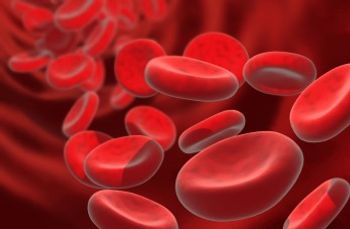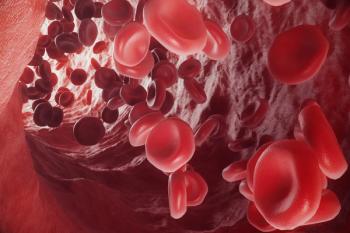
ASTRO 2017: Updates in HPV-Positive Head and Neck Cancer
This video highlights studies on HPV-positive head and neck cancer presented at the 2017 ASTRO Annual Meeting.
In this video, David Raben, MD, of the University of Colorado Cancer Center, highlights selected studies on the treatment of HPV-positive head and neck cancer presented at the 2017 American Society for Radiation Oncology (ASTRO) Annual Meeting, held September 24–27 in San Diego.
Raben was the discussant for a head and neck cancer session that featured the following abstracts:
• Quantification of HPV-16 in circulating tumor DNA during de-intensified chemoradiotherapy for favorable-risk HPV-associated oropharyngeal squamous cell carcinoma
• Induction chemotherapy followed by concurrent chemoradiation vs concurrent chemoradiation alone in the definitive management of p16-positive oropharyngeal cancer with low-neck or N3 disease (
• Nodal radiographic prognostic factors in the new stage I p16-positive oropharyngeal cancer of the AJCC 8th edition: is all N1 disease the same? (
• Long-term survival in oligometastatic head and neck cancer (
Newsletter
Stay up to date on recent advances in the multidisciplinary approach to cancer.

















































































